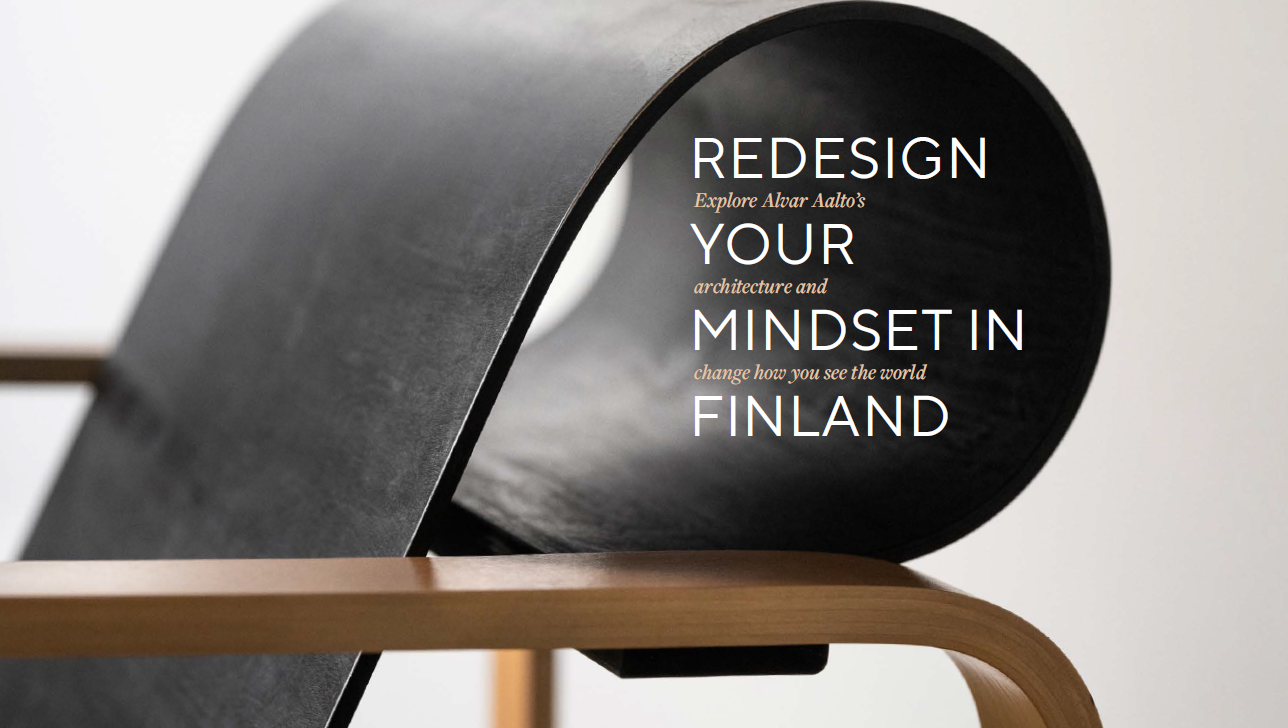
Welcome to the Alvar Aalto Route – a journey where the magic of architecture and design comes alive, inviting you to see the world through a redesigned lens. Alvar Aalto (1898–1976), the visionary of modern architecture, shaped spaces with a profoundly human approach. His creations are more than buildings; they are experiences that resonate with the soul. Scattered across Finland and beyond, they serve as gateways to a reimagined world.
In 2021, this extraordinary route was honoured with the prestigious certification as a Cultural Route of the Council of Europe, affirming its role in the rich tapestry of European heritage. The Alvar Aalto Route offers more than a journey through architectural masterpieces—it extends a warm invitation to immerse yourself in a space where design, nature, and the human spirit converge in harmony.
This catalogue is your guide to a curated collection of Aalto experiences. Each package is a thoughtfully designed adventure into Alvar Aalto’s world, seamlessly blending his iconic architecture with the unique flavours of local life. From serene Finnish landscapes to vibrant European Aalto destinations, these journeys offer something for everyone. Whether you’re a first-time visitor or a devoted admirer of Aalto’s work, we warmly welcome you—and continually seek new partners to enrich the experience.
Step into spaces that defy the ordinary, where every curve, every material, and every detail tells a story that redefines how you perceive the world around you. This is the essence of the Alvar Aalto Route: an invitation to rediscover beauty, functionality, and the interconnectedness of life through the lens of one of modern architecture’s greatest minds.
Let us help you navigate this adventure and uncover how Aalto’s vision can transform not just physical spaces but also the way you view the world itself.
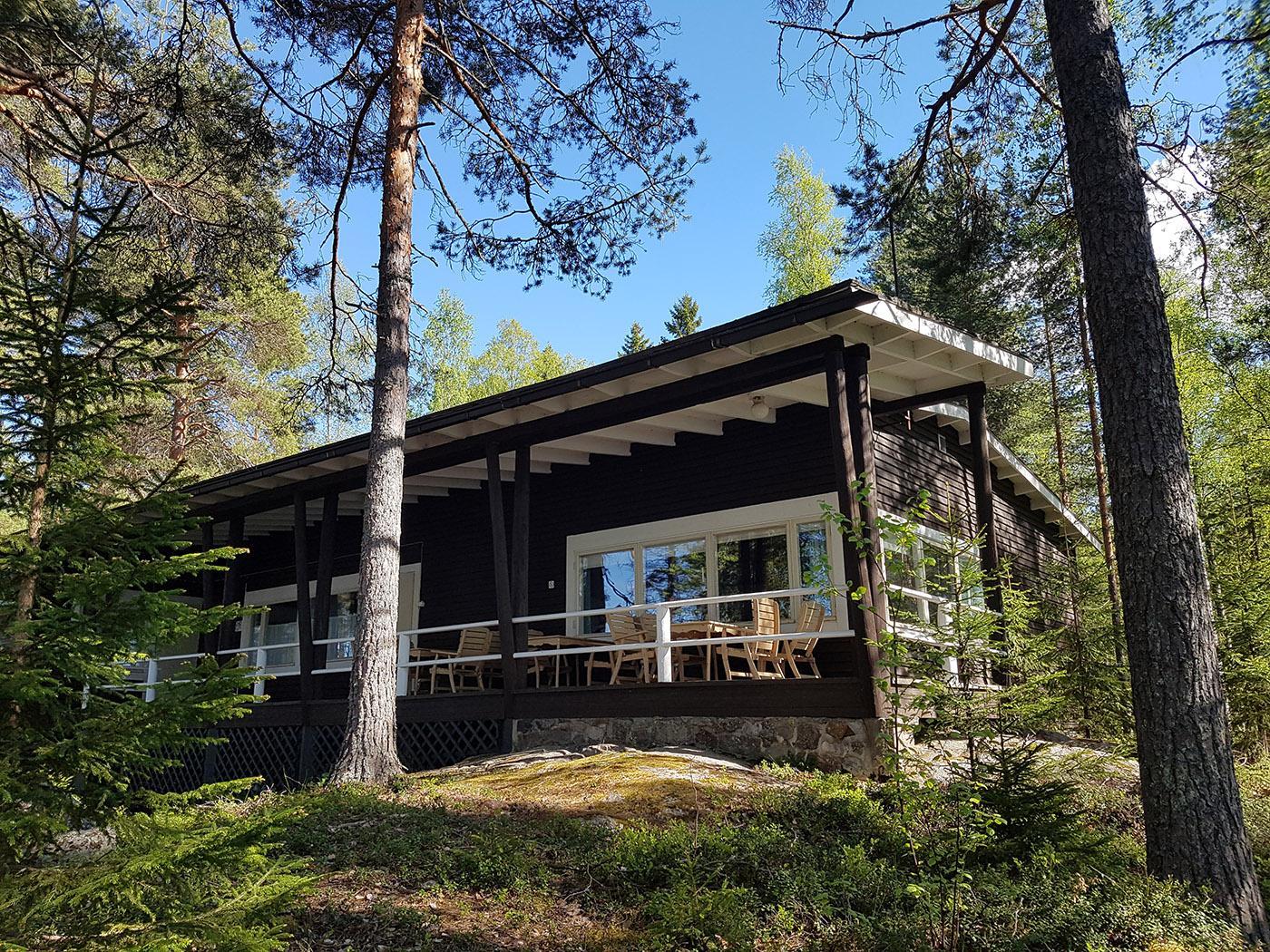
Kinkamo is the first building that Alvar Aalto designed in Varkaus. Kinkamo was designed to be a weekend cabin in Kopolanniemi for the workers of the A. Ahlström factory. Kinkamo is a good example of Aalto’s efforts to adapt the building to its natural surroundings: it is located on a lake shore at the edge of the forest and it is not visible from the opposite shore, or from passing boats. The Warkaus Factory club-association approved the construction of Kinkamo during a general meeting held on May 12th, in 1937. The name Kinkamo was the result of a name competition organized in 1939.
Kinkamo is a joint project of Alvar and Aino Aalto: Alvar Aalto was commissioned a plan for the building in 1937, while the interiors were designed by Aino Aalto. The long building has a spacious veranda with a roof supported by sloping columns, a large open living area with a fireplace, and a separate sleeping wing. It also has a kitchen, drying room and a room for the housekeeper. The building’s horizontal line is emphasized by the horizontal timber cladding and narrow horizontal windows in the sleeping wing.
While designing Kinkamo, the architect couple played with historical motifs in an unusual manner. The originally open sleeping alcoves, furnished with built-in bunk beds, recalled a traditional Finnish rural style. The large dining table and separate chairs inside the dining hall, as well as the light fixtures, combine functionalism with medieval impressions in a unique way. The perforated decoration on the curved backrest of the dining chairs is also a practicality: it makes it easier to grab and move the chair. The medieval reference of the furniture conceived for Kinkamo is most clearly evident in one specific chair model: a high-backrest throne chair with four-leaved clover shapes pierced at the top of the backrest and a crown in the middle. Above the dining table is a straight five-lamp chandelier that repeats the motifs of the dining chairs.
Kinkamo is also equipped with a sauna: until 1976 in a structure re-adapted from a modular house designed by architect Kristian Gullichsen, which was then replaced with a sauna designed by architect Seppo Mykrä. The Warkaus Factory Club sold Kinkamo to A. Ahlström Oy in 1953, with the selling price being paid to the Varkaus branch of the General Mannerheim League for child welfare. In 1994, Kinkamo was transferred to Enso Gutzeit Oy, to be used for representation purposes. In the spring of 2019, Kinkamo was bought by Jukka Leväinen, a civil engineering entrepreneur from Varkaus, who then founded the company Kinkamon Aalto, which provides event and conference services.
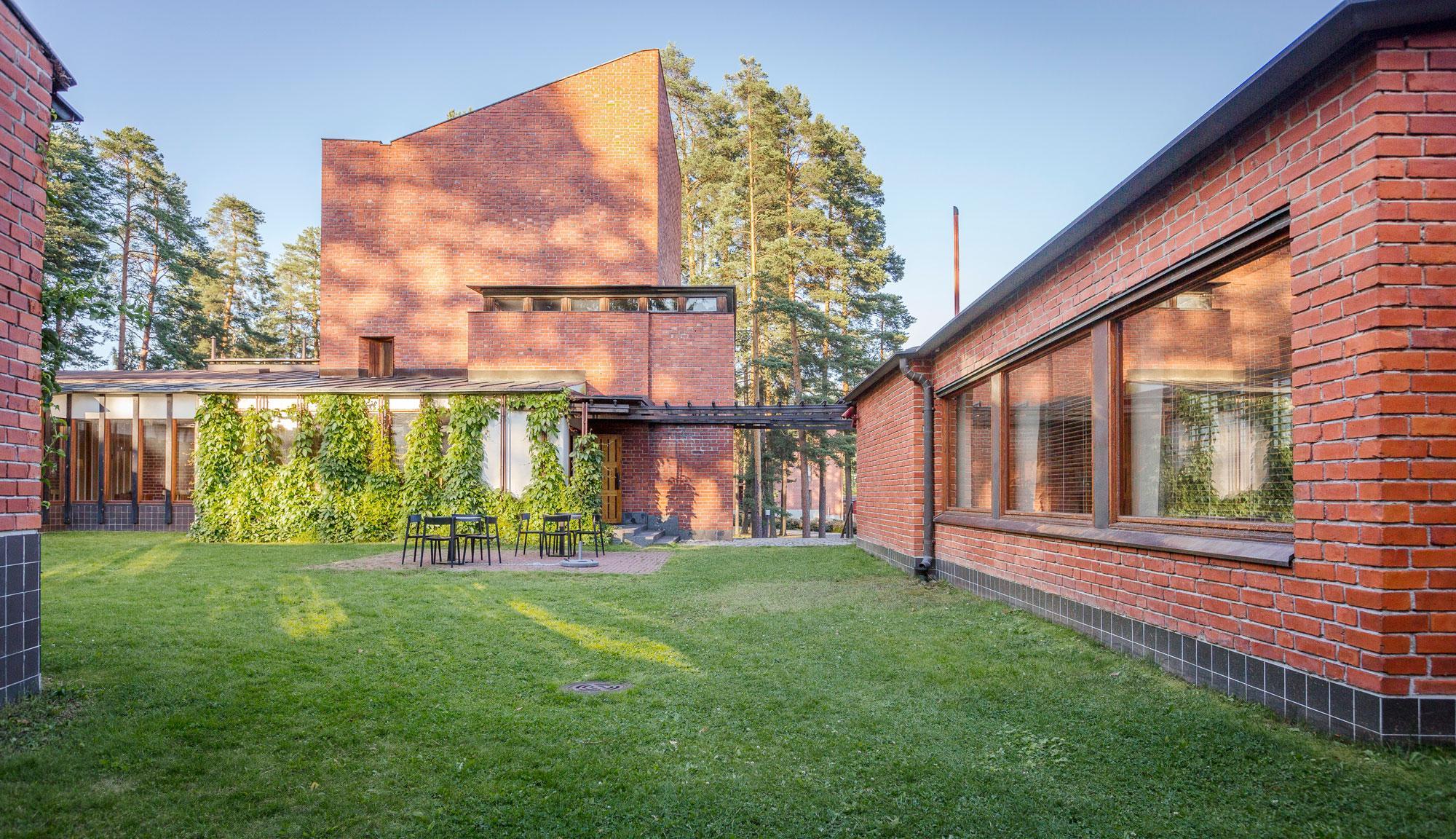
Experience Alvar Aalto’s legacy in the city known as the “Alvar Aalto capital of the world,” Jyväskylä. This unique tour immerses you in a cityscape that showcases the most comprehensive collection of Aalto’s work, spanning every phase of his career.
Discover Aalto’s architectural masterpieces, where modernist design meets everyday life. On this journey, you’ll do more than just see architecture; you’ll live it. Sleep, dine, and even relax by the water, all within spaces crafted by Aalto’s hand.
Jyväskylä is where Aalto’s story began: he opened his first architectural office here, started a family, and created his nearby summer retreat. It is also home to the world’s only Alvar Aalto Museum, housed in a building he designed himself.
Throughout the tour, witness the evolution of Aalto’s style—from his early classicism, through the warmth of his red-brick period, to the crisp lines of his monumental white structures.
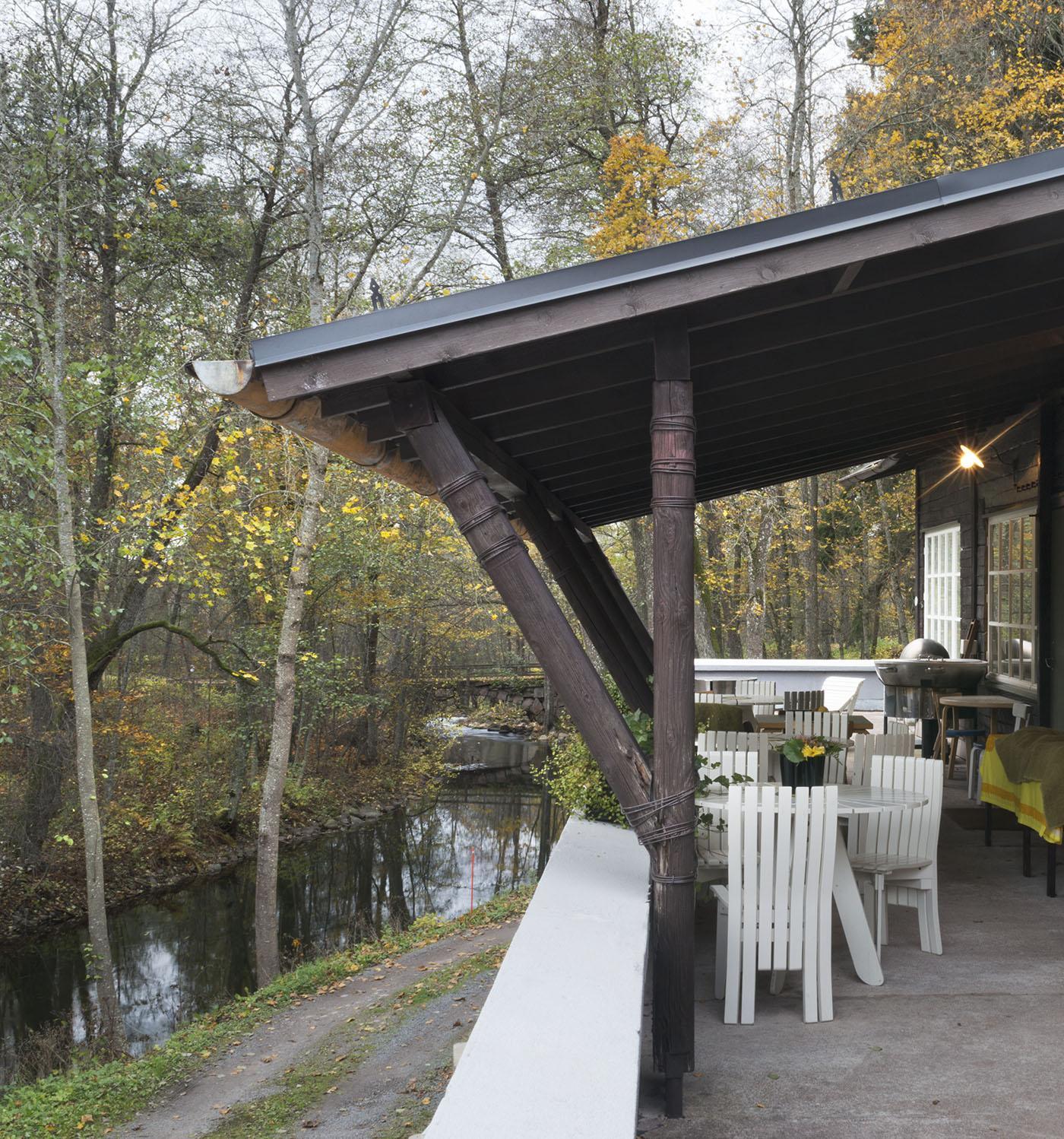
Aino and Alvar Aalto designed the riverside sauna and laundry building for the employees of A. Ahlström company in the Kauttua Works area in Eura. The building is situated by the rapids in the beautiful surroundings of the bank of the flowing Eurajoki river. It was completed in 1946, with a log and brick structure resting on a concrete foundation. Originally the building had a turf roof. Nowadays Aalto’s riverside sauna is operated by a private entrepreneur, offering meeting and catering services, and of course the original Finnish Sauna experience.
Riverside sauna offers its guests a unique and inspiring space for coffee and lunch moments at their Café Nemo. The sauna facilities in the riverside sauna are warmed up for the guests upon request. In addition, pampering herbal and spa treatments are also available. Riverside sauna guests are welcome to swim in the nearby river or by request take a bath in the outdoor hot tub. The building has two changing rooms, a spacious terrace overlooking the river Eurajoki, and a lounge room decorated with Alvar Aalto furniture. Overnight stay at the sauna building is also available on request.
At the Riverside sauna you also find a design shop called Designpesula in the ground floor, in the former laundry room of the building. The shop is provided with unique Artek and Aalto second hand items as well as new Finnish and Scandinavian design items, available for purchase. Small gallery space features varying exhibitions.
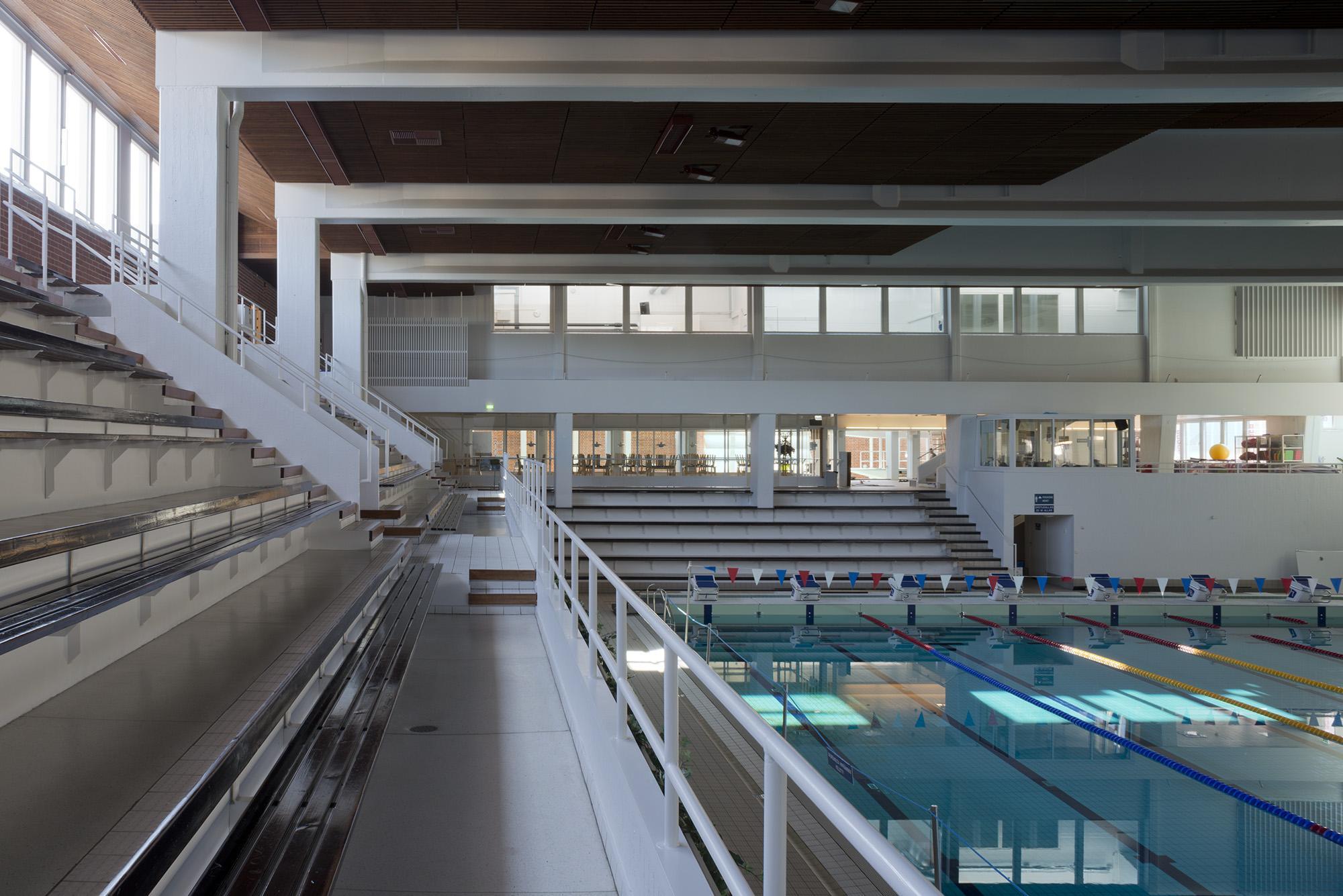
AaltoAlvari is the only swimming hall designed by Alvar Aalto. AaltoAlvari also has a gym, sports hall and a cafeteria. AaltoAlvari is also part of the main campus of the Jyväskylä University campus that was designed by Aalto as well. The original design of the swimming hall is from the 1950’s. Soon after its completion the desire was expressed to extend the building. Further extensions were made in the 1960’s, 1970’s and in the 1990’s. The oldest part of the swimming hall was completed in 1955 and it has a 25 meter swimming pool. In 1964 children pool was added and in 1968 the gym was built. In 1975 a 50 meter swimming pool was also added. The latest addition to the building is the spa section which was completed in 1991. Following the renovation in 1991 the swimming hall was converted into a versatile spa-like centre, and was given the name AaltoAlvari.
AaltoAlvari was protected by law in 1992, except for the spa section. AaltoAlvari has also been renovated over the years. The first renovation started in 1998 from the 1950’s part. The latest renovation was completed in 2013 and then the focus was for the 1970’s part. The spa section from the 1990’s is in its original state. Renovation for the spa section as well as adding an extension to it, is being planned. The goal of the future renovations is to make AaltoAlvari a leading water sports centre which will serve both the locals as well as travellers better.
In 1950’s it became more common to build swimming halls in Finland, however it often involved various arrangements for example concerning funding. In the case of Aalto’s swimming hall the client-developer was different than for all the other building on the campus, where it has been the National Board of Building, that is, the Finnish state. Here the client-developer was the University of Jyväskylä Student Union whom the city of Jyväskylä and the Finnish state partially funded as well. At the same time when the architectural competition for the campus area was in preparation in 1950, Jyväskylä Student Union was in the process of designing a hall with Ilmari Niemeläinen, who was an architect as well as a Olympia swimmer. Therefore the hall eventually became to be a part in the architectural competition for the campus as well.
In Aalto’s proposal URBS the new buildings were grouped around the sports field and he also preserved more of the older buildings in the area than the other competitors. URBS included the plans for the swimming hall and the Student Gymnasium Building already on the draft plan. The south-west end of the building was built adjoining to the Student Gymnasium Building. However, the main entrance to the swimming hall was designed on the north-west side of the building, that is, facing out from the campus area. On its completion the swimming hall was open not only to the college students but also to the citizens of Jyväskylä. This was one of the things in Aalto’s plan that got praised.
After Aalto won the competition, the swimming-hall also grew in size later. It was separated from the gymnasium building and a spectator seating and changing rooms and washrooms were added to the plan. The original sizes of changing rooms and washrooms meant that they could be used only by one group at a time. Aalto’s swimming hall opened for public on 19th of May 1955.
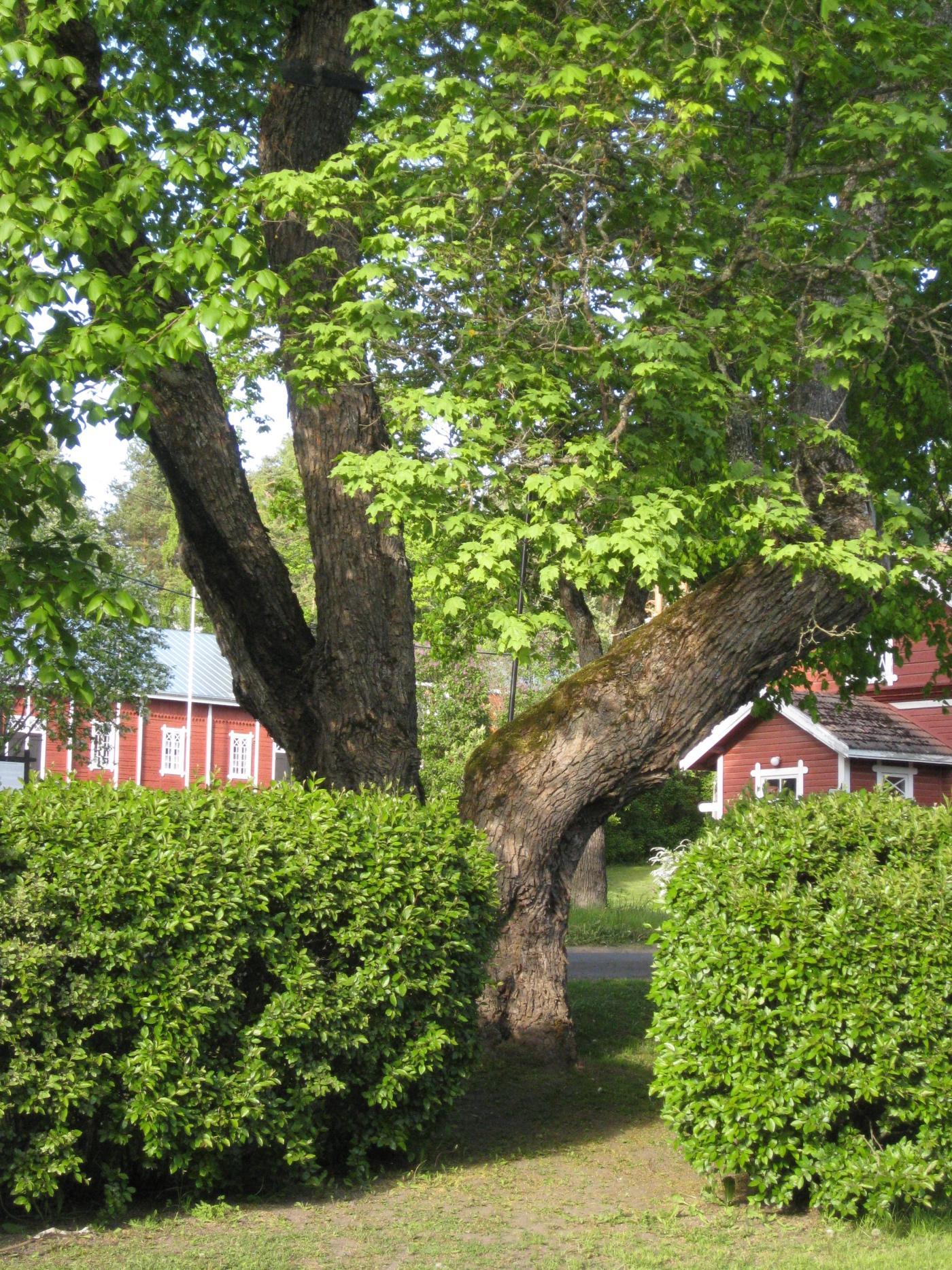
The Terraced House at the Kauttua Works in Eura is a vivid example of the desire of the architect to integrate the building into the natural environment: the multi-storey residential building adapts to the slope, so the entrance of each apartment is on ground level. Completed in 1938, the Terraced House in Kauttua is one of Alvar Aalto’s most prominent works also internationally. It was an ordered assignment, and intended as the dwelling for the senior clerical employees of Ahlström Osakeyhtiö Corporation. The assignment also stemmed from Alvar Aalto’s friendship with the company’s CEO Harry Gullichsen and his wife Maire Gullichsen.
Architecture, interior design and art come together in the Terraced House, where one apartment is open to the public. This apartment of the Terraced House hosts changing exhibitions, and the furniture in the sales exhibition changes occasionally – there are plenty of new things to see and experience! The apartment is furnished with old Artek furniture and lighting fixtures, and some of the items are for sale.
Other attractions in Kauttua include the sauna and laundry building, residential building of clerical female employees, Chief Engineering Manager’s house and several standardized houses, which were also developed further by other architects.
Aalto’s Riverside Sauna in Eura is one of a kind – the visitor can enjoy design furniture, Finnish sauna and delicious home-cooked food. There are relaxing herbal treatments available, you can bathe in the river and in an outdoor hot tub, and the design shop contains an extensive range of Finnish design.
In Kauttua, accommodation is available in Villa Aalto, which is the former residence of female office employees, or in the other cosy rooms of the beautiful Ahlström works area. The region is renowned for its herbs and local food products. In the restaurant, you can enjoy the best recipes of the chef specialised in game dishes. The game is hunted from Ahlström’s own forests.
For visitors, the Kauttua Works and Lake Pyhäjärvi areas are truly an experience beyond compare.





